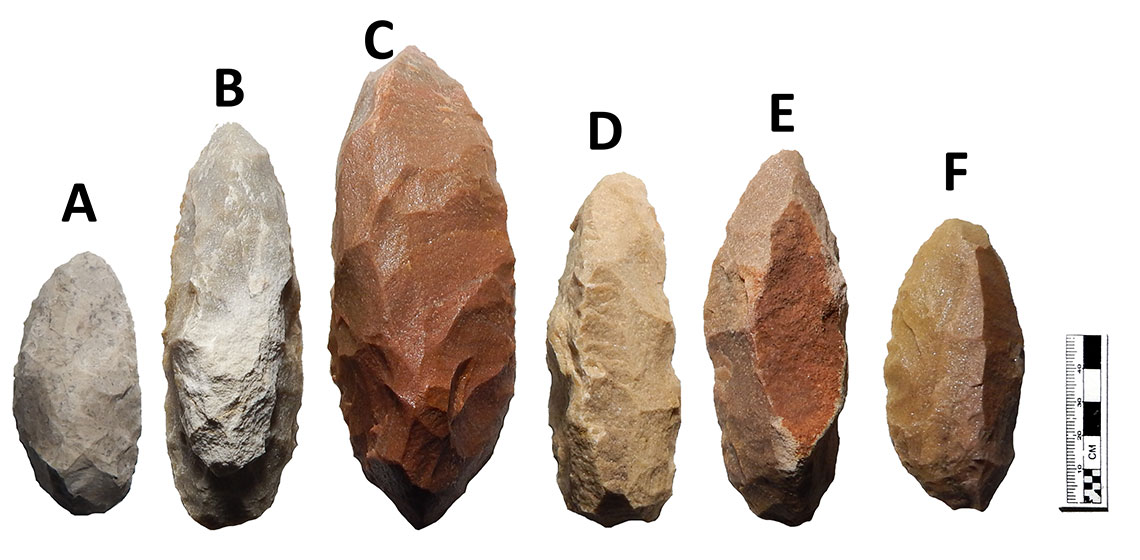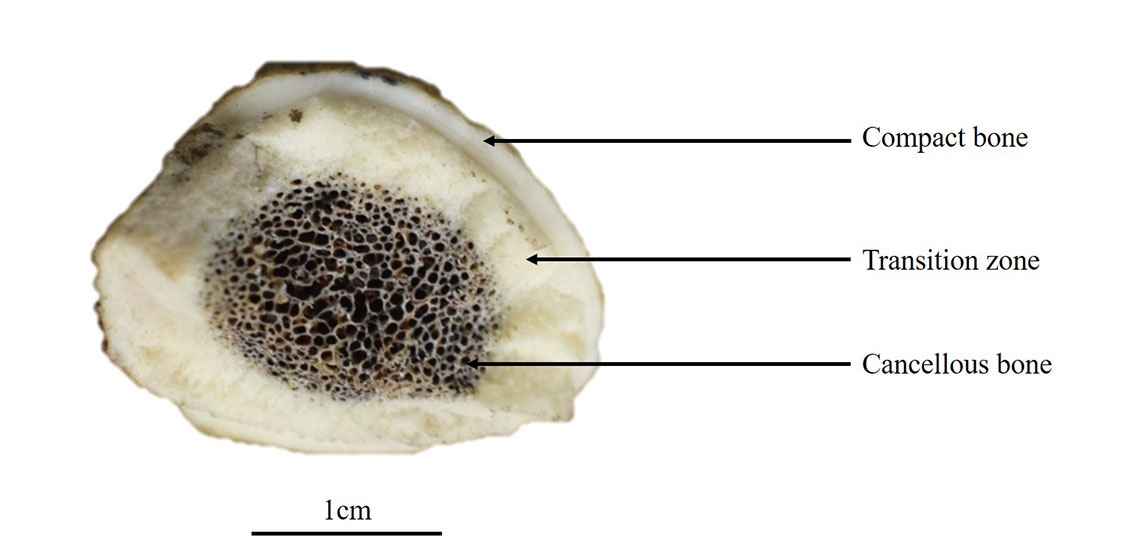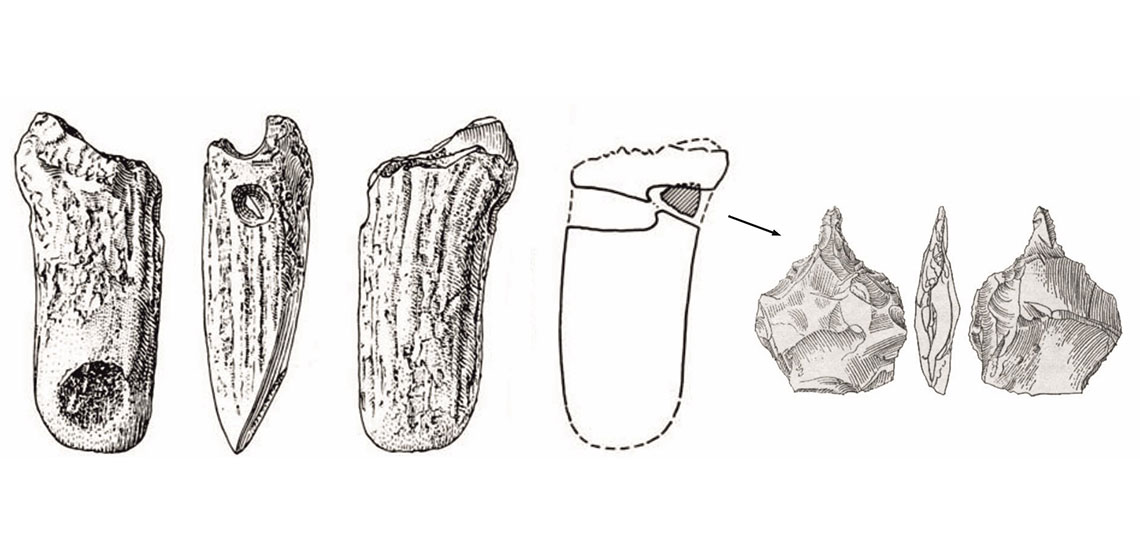Bringing Experimental Lithic Technology to Paleoamerican Brazilian Archaeology: Replication Studies on the Rioclarense and Garivaldinense Industries
Introduction
Despite experimental archaeological approaches being well known in Brazilian archaeology since the 1970’s, it has rarely produced studies until the beginning of the 21th century. The first deep debate on the subject of experimental archaeology was provided by Miller Jr. (1975), specifically on the application of the approach to lithic technology using Corumbataí flint - typical raw material from the Rioclarense industry. In that occasion, Miller Jr.



